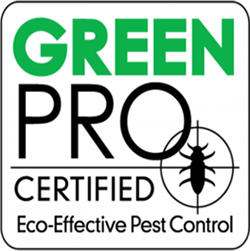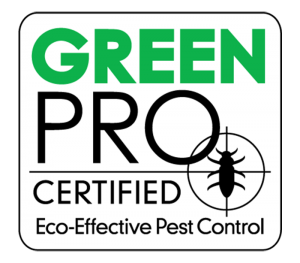THE DIFFERENT PEST CONCERNS IN EVERY SEASON
SPRING AND SUMMER PEST CONCERNS
The most challenging time to battle pests occurs in the warmer weather months, especially as we enjoy the outdoors. Blooming flowers and trees attract any number of insects. Bees and wasps are drawn to fresh spring blooms as they feed on the pollen. They can pose a significant threat to pets and anyone allergic to bee stings. It’s important to keep doors and windows closed during the times of day when they’re most active (early afternoon through early evening). If windows are open be sure there are screens to prevent insects from entering your home.
 Bees and wasps pose a threat outdoors as well, since they tend to frequently show up at pool parties, barbecues, and baseball games. They are drawn to the food and sweet treats as people enjoy being outdoors during summer activities. This can result in unwelcome interactions and sometimes serious consequences. Bees and wasps send more than half a million people to the emergency room every year. If someone in your family has allergic reactions to bees always be prepared with any medicines your doctor recommends in case of a sting.
Bees and wasps pose a threat outdoors as well, since they tend to frequently show up at pool parties, barbecues, and baseball games. They are drawn to the food and sweet treats as people enjoy being outdoors during summer activities. This can result in unwelcome interactions and sometimes serious consequences. Bees and wasps send more than half a million people to the emergency room every year. If someone in your family has allergic reactions to bees always be prepared with any medicines your doctor recommends in case of a sting.
Mosquitoes are the most relentless of summer pests. The very serious threat posed by this pest is their ability to transmit numerous diseases including West Nile virus which has become more common. According to the CDC, symptoms of West Nile virus include fever, headache, tiredness, body aches, and in some cases, skin rash and swollen lymph glands.
Ticks pose a major concern during the summer months and tend to be in more wooded areas and tall grass. These blood-sucking pests can transmit Lyme Disease. The symptoms of Lyme Disease are fever, headache, fatigue, and a characteristic skin rash called erythema migrans, which forms in the shape of a bull's eye. According to the CDC, Lyme disease can also affect joints, the heart, and the nervous system if left untreated.
FALL AND WINTER PEST CONCERNS
As the weather cools many pests will attempt to seek refuge in more comfortable indoor environments. Indoor temperatures, which typically stay around 70 degrees, provide an inviting environment for all pests. Some pests that tend to invade homes during this weather are roaches, ants, rodents, spiders and crickets.
Brown recluse spiders are harmful spiders that prefer to spin webs in undisturbed places, such as closets, attics, crawl spaces and basements. Like other types of spiders, the brown recluse is frequently found inside cardboard boxes, along window moldings and in seldom-used clothing and shoes.
Rodents will attempt to seek shelter from cooler weather and can enter buildings and homes through even the smallest crack in an exterior wall or door. They can also enter through damaged flooring or drain pipes, rats can even swim pretty well and survive in sewers and drains. A stray mouse seen outdoors may seem harmless, though when they enter your home there are many diseases that can be contracted through their urine and feces.
Steps to take to lower your exposure
While all of this may sound alarming, there are some basic guidelines to follow to help lower your exposure to the variety of seasonal pest concerns. Trimming hedges and keeping grass and weeds cut will also help deter unwanted insects. Applying insect repellent and wearing appropriate clothing will go a long way to help prevent insect bites. Promptly empty containers that are holding rainwater which provides a breeding ground for mosquitoes. Consider a screen tent enclosure to help limit contact with pests while you enjoy your outdoor activities.
The licensed pest control professionals at Spence’s Pest Control are your key to making sure you’ve got year-round protection from all the pests that you and your home could be vulnerable to. Contact Spence’s Pest Control at 804-741-4100 to discuss your yearly pest concerns and schedule an inspection with one of our certified professional pest control experts.












